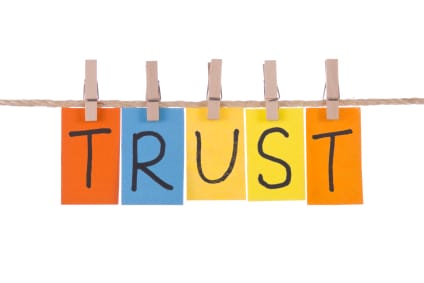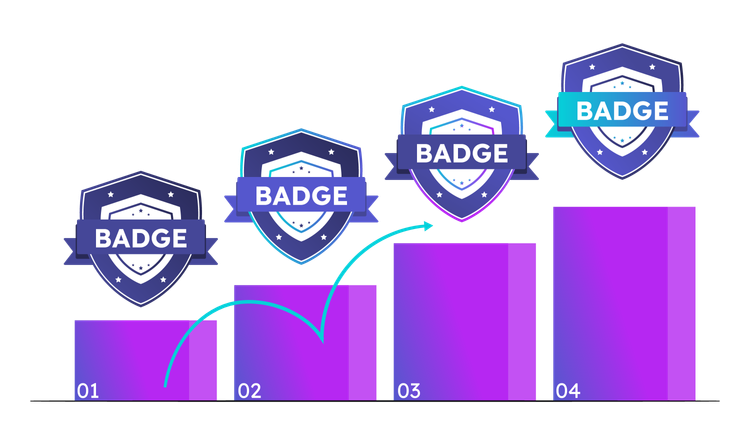Building a Resilient Ecosystem

Why Innovation Trumps Size
When building ecosystems, it can be tempting to see one or 2 successful companies, as a signal that things are going well. In fact, relying solely on established giants can be a recipe for stagnation.
While large players bring undeniable benefits, their presence can also stifle innovation and limit opportunities for smaller, more nimble partners. To truly thrive, an ecosystem needs careful cultivation, creating a space where all partners feel empowered to contribute, innovate and flourish.
Here are some key principles to foster a vibrant and resilient partner ecosystem:
1. Resist the Monopolization Trap: It's tempting to rely on a single major partner for market dominance or a signal that "things are working". However, this approach can lead to stagnation and reduced resilience. What would happen if this partner was bought by a competitor?
Encourage diversity within your partner network, allowing smaller players to contribute their unique strengths and perspectives, and give your customers lots of options.
2. Rise Above the Race to the Bottom: Don't incentivize cut-throat competition where partners slash prices to win market-share. This is especially risky where a partner has another large business line, which can subsidize these losses.
Instead, reward value creation, innovation, and collaboration. This fosters a healthier ecosystem where everyone wins over the long term. A study by Bain & Company found that companies that engage in price wars experience an average profit decline of 6% per year.
3. Level the Playing Field: New and small partners often face challenges entering established ecosystems. Implement initiatives like mentorship programs, accelerators, customer introductions and preferential access to resources to help them gain traction and thrive.
4. Innovation, Not Size, matters: Don't equate success solely with scale. Reward partners who push boundaries and bring innovative solutions to the table. This encourages continuous improvement and keeps your ecosystem at the forefront of the market. A study by the World Economic Forum found that companies that invest in innovation are 30% more likely to be market leaders.
5. Beyond the Usual Suspects: Sales teams and customers often gravitate towards familiar names. Actively introduce them to new and diverse partners, expanding their horizons and fostering deeper connections within the ecosystem. Make sure to include a diverse set of partners in sales introductions, bake-offs, customer meetings and events.
6. Regional Nuances Matter: A global partner may not be the best fit for every market. Embrace regional differences and allow local partners to tailor their offerings to specific needs and preferences. A large partner in one region, will lose interest in a smaller book of business in another region.
By embracing these principles, you can build a thriving ecosystem that's more than just a collection of partners. This is the foundation for long-term sustainability and growth, ensuring your ecosystem thrives even in the face of ever-changing market landscapes.
“The oak fought the wind and was broken, the willow bent when it must and survived.”
― Robert Jordan
If you enjoyed this piece, please share it. Thanks. 🙏




